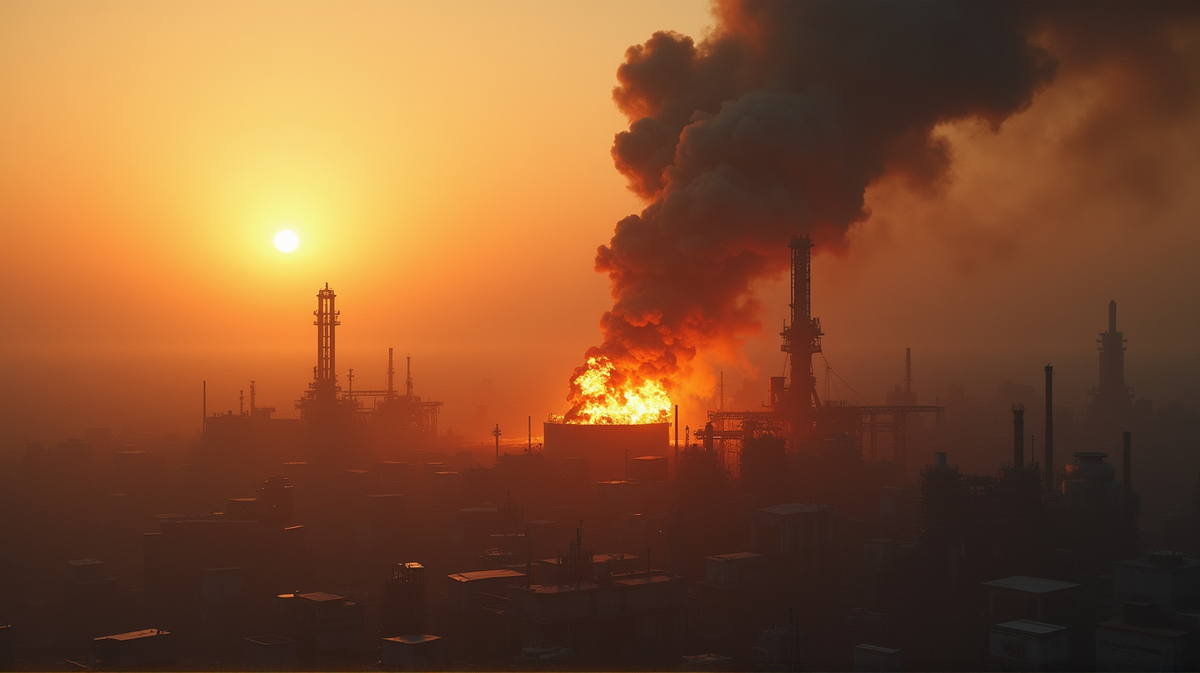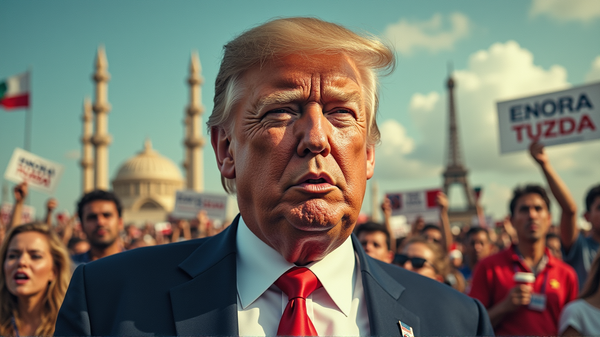Ukrainian Drones Target Russian Oil Infrastructure: Chaos in the Energy Sector
Ukrainian strikes hit crucial Russian oil sites, shaking Transneft's supply chain. Energy woes mount as Europe pivots and Russia feels the heat.

Ukraine’s use of drone warfare has taken a new strategic turn, targeting Russia’s oil infrastructure. As revealed by Transneft, over 80% of Russia’s oil is affected, compelling producers to consider reducing output. These critical strikes have unraveled the operational stability of refineries and export ports such as Ust-Luga and Primorsk, underscoring the gravity of its impact. If more infrastructure succumbs, Transneft may have to accept less oil—a move that could rupture the global energy market. Ukrainian President Volodymyr Zelenskyy affirmed, “These attacks are the fastest sanctions.”
European Stance: Accelerating Sanctions
The European Commission, led by Ursula von der Leyen, is poised to tighten sanctions against Russia, emphasizing the need for swift disassociation from fossil fuel imports. This strategy is presented as Russia’s revenue fuels aggression in Ukraine. The imminent sanctions package proposes clamps on crypto, banking, and energy, nudging European allies to unite against unsustainable dependencies.
Global Dynamics: Trump’s Diplomatic Push
Former U.S. President Donald Trump entered the discourse, urging Zelenskyy to make diplomatic efforts while encouraging Europe to cease Russian oil purchases. Despite Trump’s comments, Europe has significantly cut back on Russian imports, with notable exceptions like Hungary and Slovakia. These nations face growing pressure to transition from their energy relations with Russia.
Rising Tensions and Missile Strikes
In a ripple of aggression, Russia launched a series of offenses against Ukraine, with Kharkiv suffering damage from a new wave of drones, missives, and glide bombs. The relentless bombardment has amassed 3,500 drone attacks and nearly 190 missile launches by Russia in September alone, amplifying fears of further escalation in the conflict.
Humanitarian Concerns: Allegations of Forced Re-Education
Alarmingly, reports from Yale’s School of Public Health reveal over 210 sites where Ukrainian children face forced re-education under the auspices of Russia. This operation, embedded within a large-scale deportation program, challenges international legal frameworks, with up to 35,000 children’s fates uncertain, reflecting the bitter humanitarian crisis at hand.
Military and Diplomatic Movements
The U.S. gears up for military support to Ukraine with the newly approved weapons aid packages under the Purl mechanism. This move signifies ongoing commitment amidst evolving geopolitical complexities. Elsewhere, legal battles unfold with extradition proceedings for Ukrainians allegedly involved in the Nord Stream pipeline sabotage, reflecting broader judicial and political landscapes.
Conclusion: Shifting Sands in the Energy and Conflict Arena
This unfolding story of military tactics, energy dependency, and international alliances paints a complex picture. Ukraine’s targeted strategies and Europe’s rapid response showcase a shifting equilibrium in the Russia-Ukraine conflict. As these dynamics intensify, the global community watches closely, understanding the stakes involved in what appears to be an ever-evolving geopolitical chess game. According to The Guardian, these developments symbolize the precarious balance between warfare and diplomacy in today’s world.





